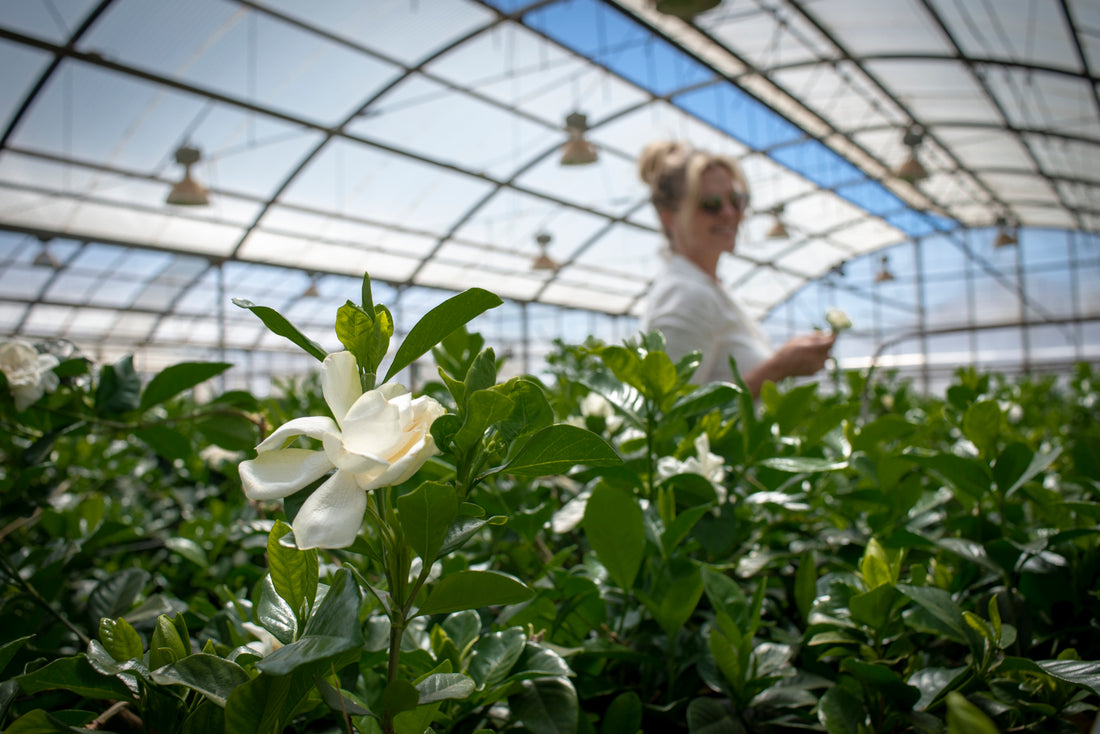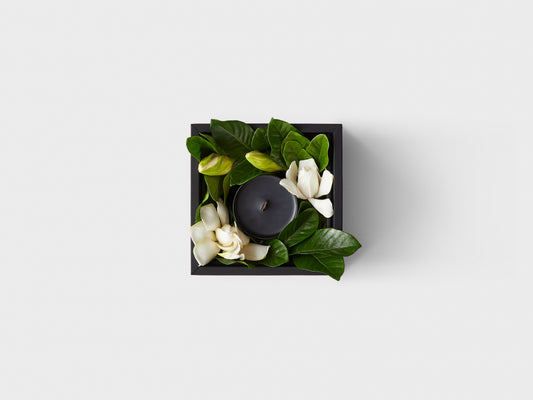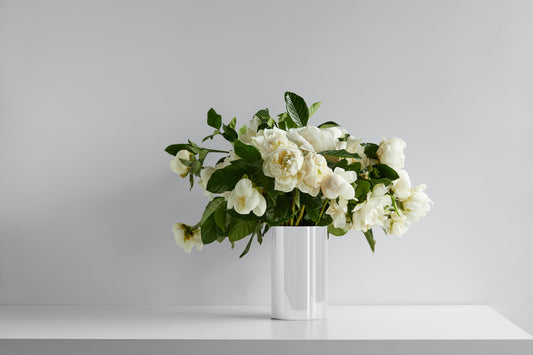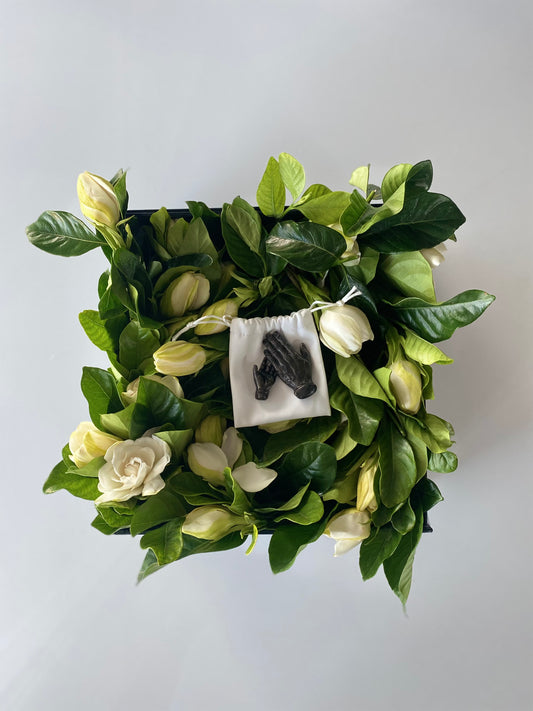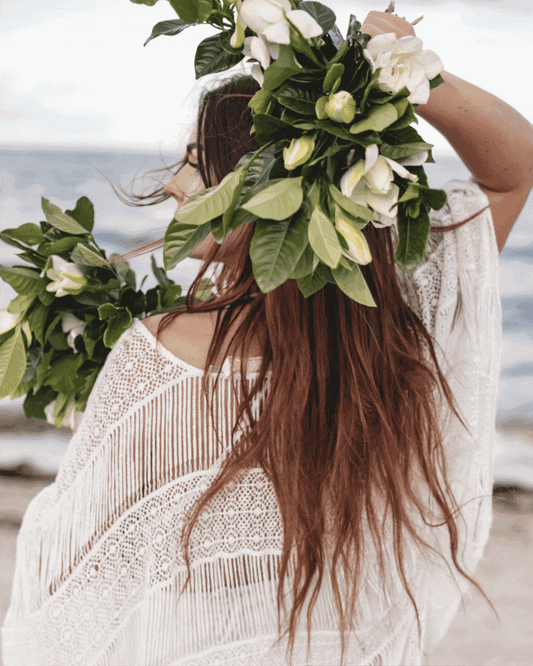So you want to add gardenias to your garden’s assemblage? With their enticing fragrance and captivating elegance, we understand why. Despite their charm, gardenias can be challenging to care for. We’ve put together a list of helpful tips to flatten your learning curve and help your gardenias reach their full potential.
-
Sunlight.
- Gardenias love to soak up the sun. They’ll do best receiving plenty of morning light with a bit of shade to protect them from the harsh afternoon rays.
- Place indoor gardenias near a window. Freshly cut flowers will prefer sunlight, but not as much as live plants. Learn more about loving your fresh gardenias here.
-
Watering.
- Keep the soil moist at all times, but take care not to over-soak it. Gardenias call the tropical climates of southern Asia home and require a similar humid environment. However, overwatering causes root rot and is usually irreparable.
- Take note of drainage opportunities before you plant. Of course, the Earth provides natural drainage. However, pots or raised beds need drainage holes. Without them, water will pool, and root rot will set in.
-
Bud drop.
- Bud drop is when gardenias, or any flower, aborts their buds. Those little pods with so much potential fall right off. This is typically caused by improper watering habits. Unlike most popular plants, gardenias don’t like to dry out completely. Their native home in the tropics stays moist the majority of the time. Bud drop can be caused by underwatering or a lack of humidity. As discussed above, it could also be due to waterlogged, oversaturated soil caused by overwatering.
- Gardenias are delicate creatures. They don’t respond well to extreme changes like a moved location or substantial temperature fluctuations. If your plant is inside, think twice before drastically changing the air conditioning temperature. Consider investing in a humidifier if you feel the house has dry air.
-
Fertilizer.
- Nutrients are key, and your gardenias deserve them! Spoil your shrubs with fertilizer or organic alternatives such as peat or coffee grounds. Coffee grounds are acidic, so they complement gardenia’s natural preferences. We recommend feeding your plants no more than once per month to avoid damage.
- Keep in mind that gardenias go dormant in the late fall and winter. There is no need to fertilize them during this time. Wait until spring and summer to show them some love.
-
Pruning.
- Pruning reserves nutrients for healthy, more good-looking parts of the plant. It’s an important part of the plant care regime, as it provides a bit of control over shape and bloom quantity.
- Don’t be discouraged by faded or discolored petals. Simply cut them off! They will continue to grow back beautifully.
- If you’re stuffing to get more blooms, focus on trimming and pruning when the plant first goes dormant. This will increase growth and blooms subsequently.
-
Winter care.
- Some gardenias are “frost proof” and can survive during colder spring days, but this is not the case for most. Potted plants should come inside during cold snaps. Gardenias won’t stand up to the cold, and the winter is not their friend.
- Some plants can’t be brought inside. Gently wrap them in fabric or blankets to protect them from the winter’s cold. Use stakes to ensure the blankets aren’t weight too heavily on your precious plants. The idea is to insulate them against winter winds without adding any additional stress.
- You can cut back on water in the winter and stop watering ground-planted outdoor gardenia plants altogether. Since they are dormant, gardenia winter care is much less hands-on.
